Fun with Fibonacci: Exploring Nature’s Numbers and Their Applications
Introduction to Fibonacci Numbers
The Fibonacci sequence, a series in which each number is the sum of the two preceding ones, is one of the most famous sequences in mathematics. Introduced to the Western world by the Italian mathematician Leonardo of Pisa, known as Fibonacci, in his 1202 book Liber Abaci, this sequence begins with 0 and 1, leading to 1, 2, 3, 5, 8, 13, and so forth. The formula can be expressed as:
[ F(n) = F(n-1) + F(n-2) ]for ( n > 1 ), with seed values ( F(0) = 0 ) and ( F(1) = 1 ).
Fibonacci numbers are not just an abstract mathematical concept; they are deeply intertwined with nature, art, and various scientific fields. This article explores the beauty and applications of Fibonacci numbers in different domains, illustrating how this sequence connects humanity to the natural world.
Fibonacci’s Connection to Nature
Patterns in Flora and Fauna
One of the most remarkable aspects of Fibonacci numbers is their occurrence in nature. Plants often exhibit Fibonacci numbers in the arrangement of leaves, branches, and flowers. This pattern, known as phyllotaxis, ensures optimal exposure to sunlight and rain.
Examples in Botany
-
Leaf Arrangement: Many plants display leaves in a spiral formation. The number of spirals often corresponds to Fibonacci numbers. For instance, a sunflower typically has 34 spirals in one direction and 55 in the other, both Fibonacci numbers.
-
Seed Heads: In sunflower heads and pine cones, seeds are arranged in spirals that follow Fibonacci numbers, allowing for maximum packing efficiency. The pattern enables each seed to get adequate space for growth, showing nature’s optimization.
- Flower Petals: Many flowers have petals counted in Fibonacci numbers. Lilies have 3 petals, buttercups have 5, and daisies might have 34 or 55 petals. This repeated occurrence suggests a universal structure that governs biological growth.
Animal Patterns
Fibonacci numbers also appear in the animal kingdom. The arrangement of shells, the branching of trees, and the arrangement of a pine cone’s scales often exhibit this mathematical sequence. A famous example is the nautilus shell, which grows in a logarithmic spiral, reflecting the Fibonacci ratio in its development.
The Golden Ratio and Fibonacci
The Fibonacci sequence is closely linked to the Golden Ratio, denoted by the Greek letter Phi (( \phi )). As Fibonacci numbers grow larger, the ratio of successive Fibonacci numbers approaches the Golden Ratio:
[ \phi = \frac{1 + \sqrt{5}}{2} \approx 1.61803398875 ]This ratio is aesthetically pleasing and has been used in art and architecture for centuries. The connection between Fibonacci and the Golden Ratio illustrates how mathematics underpins beauty in nature.
Applications of Fibonacci Numbers
Mathematics and Computer Science
The Fibonacci sequence has numerous applications in mathematics and computer science, illustrating its importance beyond natural phenomena.
-
Algorithm Design: Fibonacci numbers are often used in algorithms, particularly in dynamically storing and accessing data structures. For example, Fibonacci heaps, a particular kind of heap data structure, have amortized time complexities that lead to efficient performance in network optimization algorithms.
-
Computer Graphics: In computer graphics, Fibonacci numbers can be employed for modeling natural scenes. Algorithms may use the Fibonacci sequence to create patterns and textures that mirror natural phenomena such as clouds, mountains, and leafy trees.
- Cryptography: Some cryptographic protocols use Fibonacci numbers, taking advantage of their unique mathematical properties to enhance security in systems.
Art and Architecture
The allure of the Fibonacci sequence extends to art and architecture. Artists have long relied on Fibonacci numbers and the Golden Ratio in their compositions, leading to visually captivating works.
Artistic Applications
-
Visual Arts: Famous artists like Leonardo da Vinci incorporated Fibonacci and the Golden Ratio into their works. The arrangement of the Mona Lisa’s features approximates these principles, creating balance and harmony.
- Architecture: The Parthenon in Athens and other ancient structures exhibit dimensions that align with the Golden Ratio. Modern architects also utilize Fibonacci principles to enhance aesthetic appeal in design.
Finance and Economics
Fibonacci numbers also find applications in finance, particularly in technical analysis and stock trading.
-
Fibonacci Retracement: Traders use Fibonacci levels to predict price corrections in stocks. By analyzing price movements and identifying percentages based on Fibonacci ratios (23.6%, 38.2%, 50%, 61.8%, etc.), traders can establish potential reversal points.
- Market Patterns: Some statisticians argue that market trends can follow Fibonacci ratios, suggesting a psychological influence on trading behavior that often promotes cyclical patterns mirroring those found in nature.
Music and Performance
In music, Fibonacci numbers can be observed in the structure and composition of musical pieces. Composers like Béla Bartók and Olivier Messiaen integrated Fibonacci sequences and the Golden Ratio into their masterpieces, influencing everything from rhythm to the length of musical phrases.
Rhythm and Timing
-
Time Signatures: Innovative time signatures and patterns in rhythm can sometimes align with Fibonacci numbers, creating a sense of progression that resonates with listeners.
- Melody Construction: The length of musical sections and thematic development can also correspond to Fibonacci numbers, enhancing the auditory experience.
Educational Applications
The Fibonacci sequence can serve as an engaging tool in education, helping students grasp mathematical concepts through real-world applications.
Teaching Math Concepts
-
Patterns and Sequences: Introducing the Fibonacci sequence in elementary education can spark interest in sequences and patterns. Students can explore the growth of the numbers and their applications in nature, enhancing their understanding of mathematical concepts.
-
Project-Based Learning: Teachers can create projects where students investigate Fibonacci patterns in nature, art, or music, fostering critical thinking and creativity.
- Interdisciplinary Learning: Mathematics is often perceived as isolated from other subjects, but Fibonacci numbers provide an opportunity for interdisciplinary initiatives—linking math with biology, art, and music, enriching students’ overall educational experience.
Conclusion
The Fibonacci sequence encapsulates a fascinating intersection of mathematics, nature, art, and science. Understanding and appreciating these numbers not only illuminates the beauty of the world around us but also highlights the profound connections that exist across different fields of study. Whether in the spiral of a sunflower, the proportions of a painting, or the structure of financial markets, Fibonacci numbers continue to captivate our curiosity and inspire innovation.
In an era where interdisciplinary approaches are increasingly valued, the Fibonacci sequence serves as a metaphor for the interconnectedness of knowledge. By exploring nature’s numbers and their myriad applications, we uncover the hidden patterns and principles that govern the universe, allowing us to appreciate both its complexity and elegance. Whether through academic inquiry, creative expression, or practical application, the world of Fibonacci numbers offers endless opportunities for exploration and discovery.
References
- S. A. C. & M. D. (2020). Fibonacci Numbers and Their Applications. Mathematics review.
- E. D. (2015). The Golden Ratio: The Story of Phi, the World’s Most Astonishing Number. Penguin Group.
- H. S. (2018). Fibonacci Trading: How to Master the Time and Price Advantage. Wiley.















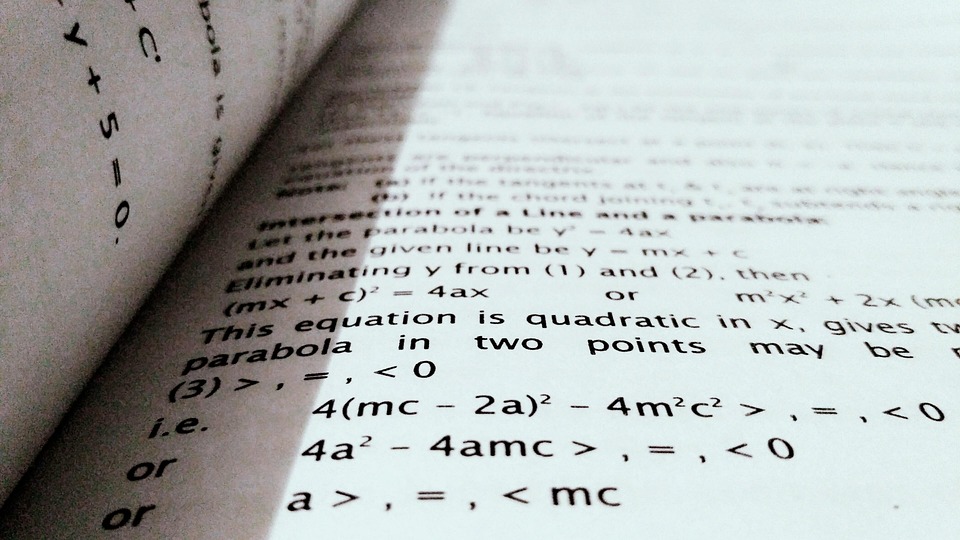

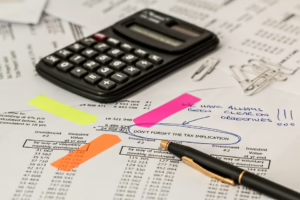
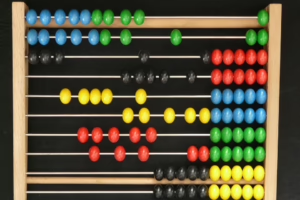
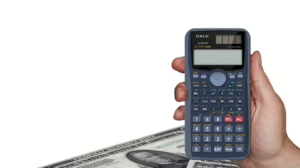

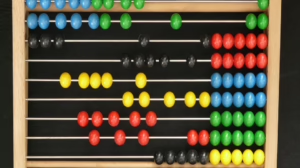




Add Comment